
Types of polyploidy. Haploid (N), Diploid (2N), Triploid (3N), Tetraploid (4N), Hexaploid (6)
Browse 120+ haploid stock illustrations and vector graphics available royalty-free, or search for diploid haploid to find more great stock images and vector art.

Types of polyploidy. Haploid (N), Diploid (2N), Triploid (3N), Tetraploid (4N), Hexaploid (6)

Diploid vs haploid as complete chromosome sets count comparison outline diagram. Labeled educational genetic organisms cell splitting differences vector illustration. One or two copies of eukaryotes.
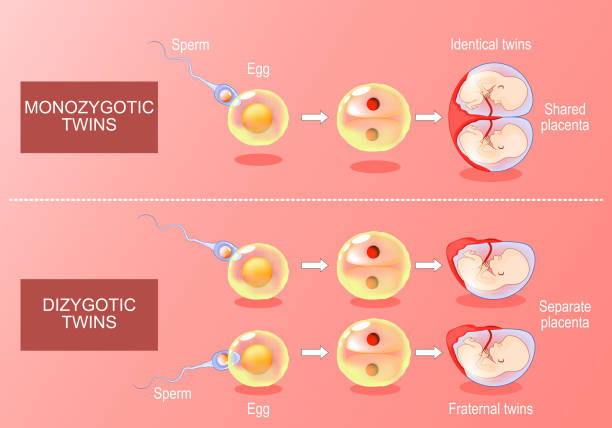
Zygote development in monozygotic and dizygotic twins. From Fertilization, egg plus sperm to amniotic sacs formation. Isometric Vector. Flat illustration

Oogenesis diagram, Cell division, Process of reproduction

Fertilization. Fertilisation. Zygote is egg plus sperm. Fusion of two haploid gametes to form a diploid zygote then Embryo. vector illustration. Biology education diagram about human reproduction process
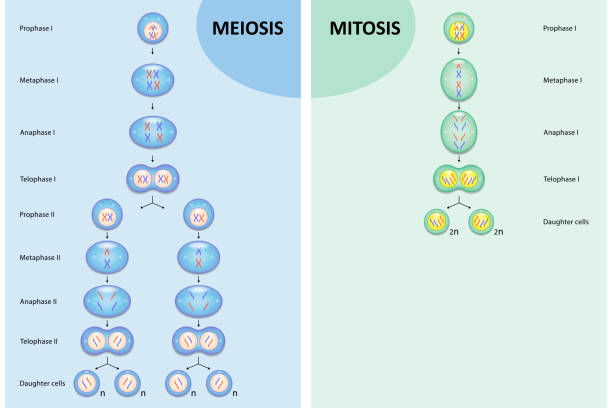
Diagram comparison of Meiosis and Mitosis, Process cell division
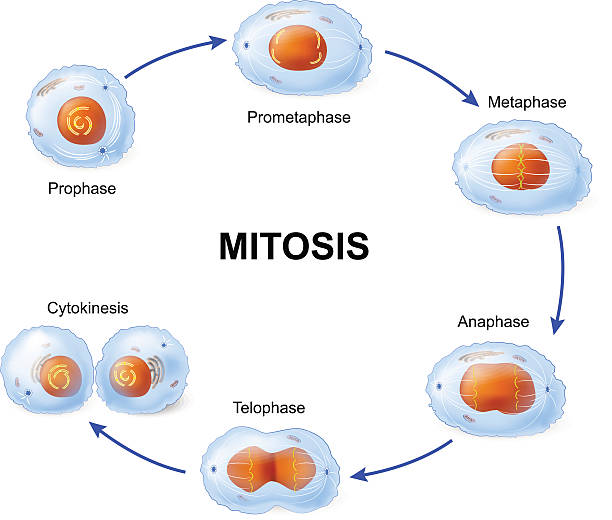
Cell division. Mitosis. Vector scheme

Spermatogenesis and cell division. Diploid cells. DNA replication and human reproductive system concept. Medical, biology, anatomical poster for clinic, genetic center. Flat simple vector illustration

Haploid refers to a cell or organism that has one complete set of chromosomes, representing the gametes in sexual reproduction. Diploid describes a cell or organism that has two complete sets of chromosomes, one set inherited from each parent, typical of most somatic cells in humans. Triploid refers to a cell or organism that has three complete sets of chromosomes. Tetraploid indicates a cell or organism that has four complete sets of chromosomes, often resulting from errors in cell division or genome duplication events.

Plant life cycle vector illustration. Labeled educational development scheme with seeds, cotyledon, seedling, flower and adult example. Biology basics with reproduction explanation diagram drawing.

Growth and development of sperm, Structure spermatozoa
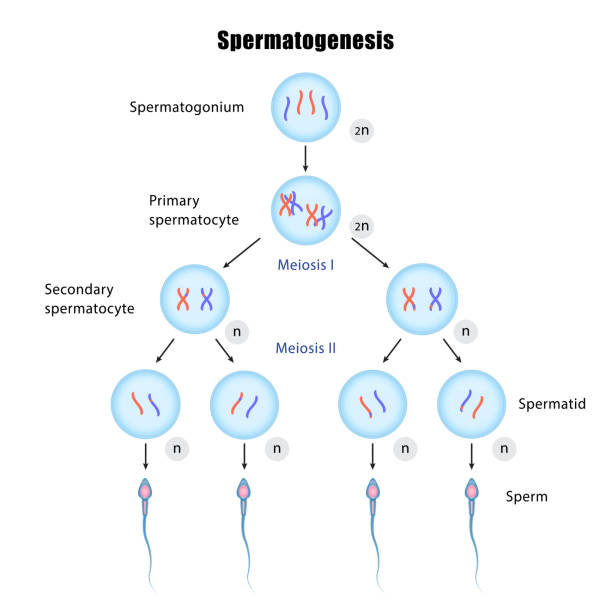
Spermatogenesis diagram, Cell division, Process of reproduction

Spermatogenesis diagram, Cell division, Process of reproduction

Caste systems in ant societies. Type of ants. Social structure Male, Queen, Worker
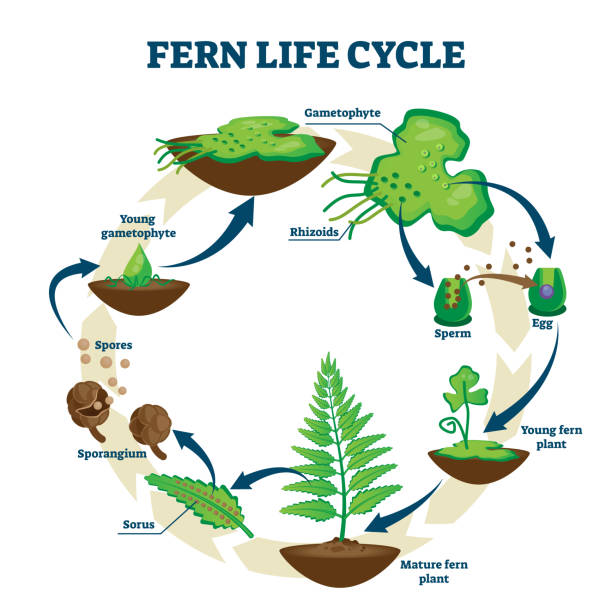
Fern life cycle vector illustration. Labeled educational development process scheme. Different plant stages examples with gametophyte, rhizoids, sorus and spores. Self reproduction explanation scheme.

Stages of meiosis in cell division
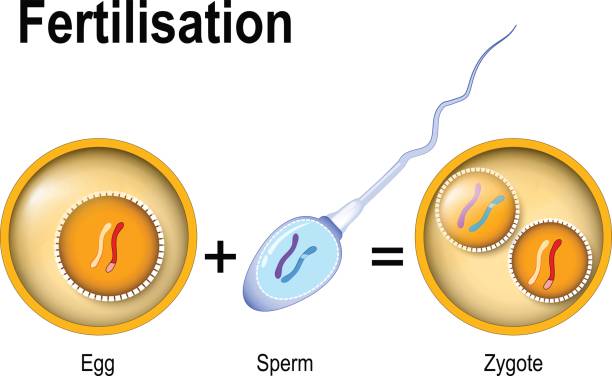
Fertilization. Zygote is egg plus sperm genetically different individuals. Fusion of two haploid gametes to form a diploid zygote.
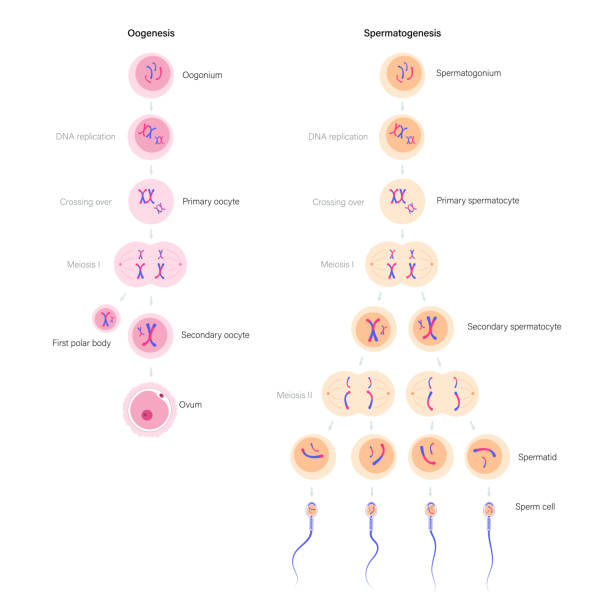
Spermatogenesis and oogenesis. Cell division. DNA replication and human reproductive system concept. Medical, biology, anatomical poster for clinic, genetic center. Flat simple vector illustration

Spermatogenesis and cell division. Diploid cells. DNA replication and human reproductive system concept. Medical, biology, anatomical poster for clinic, genetic center. Flat simple vector illustration
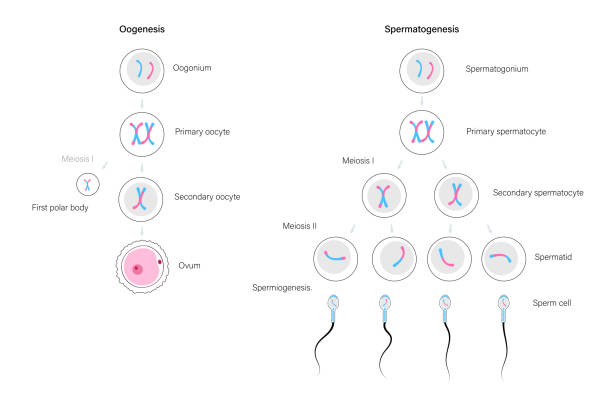
Spermatogenesis and oogenesis. Cell division. DNA replication and human reproductive system concept. Medical, biology, anatomical poster for clinic, genetic center. Flat simple vector illustration

Spermatogenesis and oogenesis. Cell division. DNA replication and human reproductive system concept. Medical, biology, anatomical poster for clinic, genetic center. Flat simple vector illustration

Spermatogenesis and cell division. Diploid cells. DNA replication and human reproductive system concept. Medical, biology, anatomical poster for clinic, genetic center. Flat simple vector illustration

Spermatogenesis and oogenesis. Cell division. DNA replication and human reproductive system concept. Medical, biology, anatomical poster for clinic, genetic center. Flat simple vector illustration
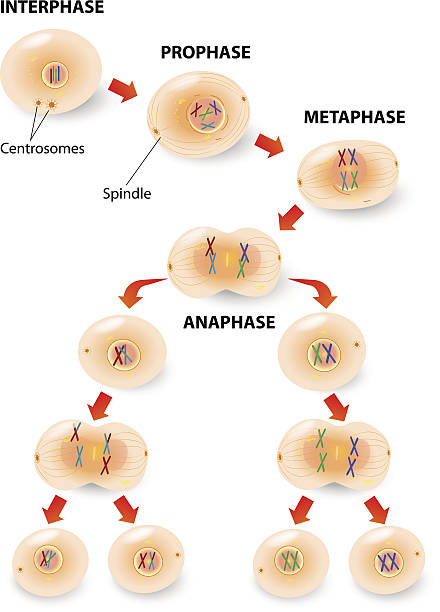
meiosis phases. Cell division

The life cycle of ferns is different from other land plants as both the gametophyte and the sporophyte phases are free living. This illustrates the alternation of generations in ferns.

Mitosis diagram, Cell division

Differences Between Mitosis and Meiosis. Mitosis vs Meiosis. Medical infographic design. Vector illustration.

Spermatogenesis and cell division. Diploid cells. DNA replication and human reproductive system concept. Medical, biology, anatomical poster for clinic, genetic center. Flat simple vector illustration

Spermatogenesis and cell division. Diploid cells. DNA replication and human reproductive system concept. Medical, biology, anatomical poster for clinic, genetic center. Flat simple vector illustration

Haploid refers to a cell or organism that has one complete set of chromosomes, representing the gametes in sexual reproduction. Diploid describes a cell or organism that has two complete sets of chromosomes, one set inherited from each parent, typical of most somatic cells in humans. Triploid refers to a cell or organism that has three complete sets of chromosomes. Tetraploid indicates a cell or organism that has four complete sets of chromosomes, often resulting from errors in cell division or genome duplication events.

The life cycle of the fern has two different stages

Spermatogenesis and cell division. Diploid cells. Doctor in lab, DNA replication. Human reproductive system concept. Medical, biology, anatomical poster for clinic. Genetic center vector illustration.

Structure of Cell. Chromatin. Chromosome biology. From cell to Chromosome, Gene, and DNA. Genome sequence. Vector poster. Isometric Flat illustration.

Cladophora is one of the most common and speciose genera of green algae in the world.

Diagram of Meiosis, Process reduces chromosome from diploid to haploid

Oogenesis and cell division. Diploid cells. DNA replication and human reproductive system concept. Medical, biology or anatomical poster for clinic, genetic center. Flat simple vector illustration

Spermatogenesis diagram, Cell division, Process of reproduction

Oogenesis and cell division. Diploid cells. DNA replication and human reproductive system concept. Medical, biology or anatomical poster for clinic, genetic center. Flat simple vector illustration

Spermatogenesis and oogenesis. Cell division. DNA replication and human reproductive system concept. Medical, biology, anatomical poster for clinic, genetic center. Flat simple vector illustration

Spermatogenesis, Sperm creation and development process

Spermatogenesis and oogenesis. Cell division. DNA replication and human reproductive system concept. Medical, biology, anatomical poster for clinic, genetic center. Flat simple vector illustration

Oogenesis and cell division. Diploid cells. DNA replication and human reproductive system concept. Medical, biology or anatomical poster for clinic, genetic center. Flat simple vector illustration

Structure of Spermatogenesis and cell division. human reproductive system. Medical infographic design. vector illustration.